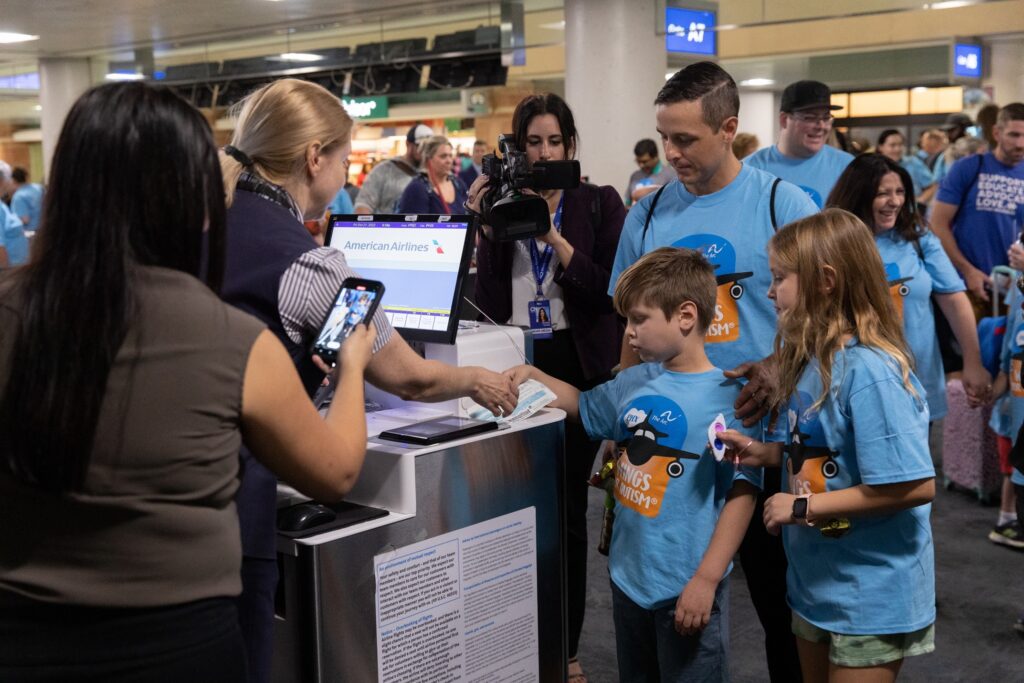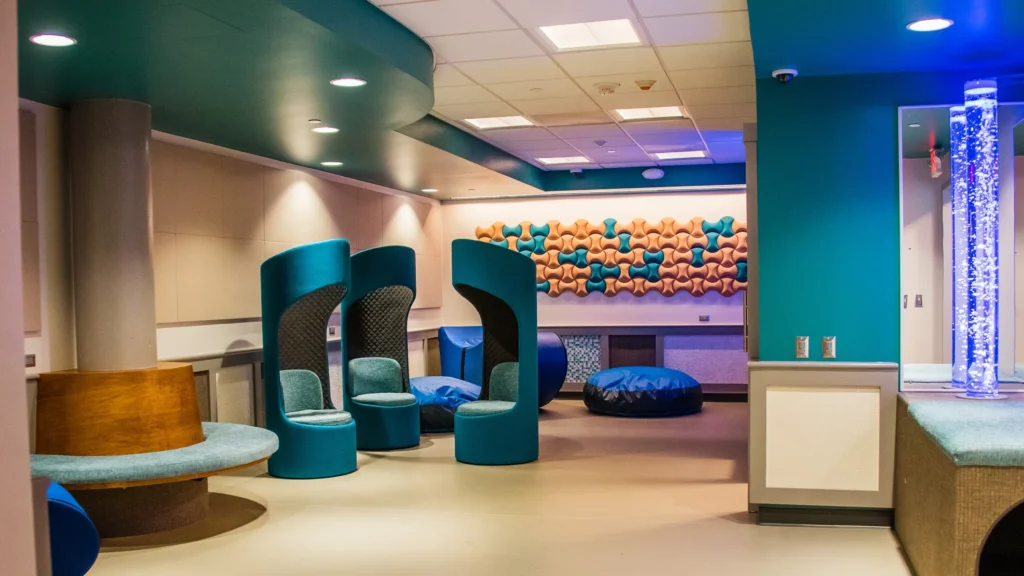Summary
Packing Essentials for Neurodiverse Travelers

- Comfort Items:
- Noise-canceling headphones or earplugs for managing loud sounds.
- Sensory-friendly clothing or weighted blankets for comfort.
- Fidget toys, stress balls, or other calming items to use in stressful moments.
- Sunglasses or a hat to help with light sensitivity.
- Snacks & Drinks:
- Familiar, favorite snacks that are easy to carry and help with sensory regulation.
- Water bottles or refillable containers to stay hydrated, especially if sensitive to certain tastes in local water supplies.
- Entertainment & Distraction:
- Tablets or smartphones pre-loaded with movies, apps, games, and music to keep occupied.
- Books, drawing materials, or other quiet activities for downtime.
- Portable chargers for electronics.
- Visual Aids or Communication Tools:
- Visual schedules or social stories about the trip to help ease anxiety and outline what to expect.
- Communication cards or apps (if non-verbal or having challenges communicating in new environments).
- Medications & Medical Information:
- All necessary medications in original packaging with prescriptions, and medical documentation if needed.
- A doctor’s note explaining any accommodations that may be required, especially for sensory or medical needs.
- Hygiene & Comfort:
- Familiar toiletry items that may help maintain routine (shampoo, soap, toothpaste, etc.).
- Sensory-friendly bedding or pillowcases from home if textures in hotels may be uncomfortable.

Navigating the Airport
- Before Arrival:
- Pre-arrange any accessibility assistance with the airline (ask for priority boarding, TSA Cares program for easier security screening, or pre-boarding to reduce stress).
- Look for sensory-friendly rooms in some airports or ask the airport staff for quieter waiting areas.
- Security Checkpoints:
- Expect noise and possibly long lines at security. Use noise-canceling headphones or earplugs if needed.
- Familiarize yourself with the security process ahead of time (consider using social stories or visuals to explain what will happen).
- The TSA Cares program offers support for families with neurodiverse travelers, allowing for expedited or smoother screenings.
- Boarding & Flight:
- Plan to board early or last depending on comfort with crowds. Some airlines allow early boarding for travelers with special needs.
- Request seating in quieter parts of the plane (toward the front or by a window for less interaction).
- Use fidget toys, headphones, or tablets during the flight to help with distractions and sensory overload.

At the Hotel
- Before Arrival:
- Call ahead to inform the hotel of any special requests (quiet room, hypoallergenic bedding, blackout curtains, etc.).
- Inquire about sensory-friendly features, like dimmable lights, soundproofing, or flexible dining options.
- Hotel Room Setup:
- Request a room on a quiet floor or away from elevators and high-traffic areas.
- Ask if they can remove any fragrances, strong smells, or triggering elements from the room.
- Pack personal bedding or pillowcases if textures and smells of hotel sheets are overwhelming.
- Routine & Familiarity:
- Recreate familiar routines in the new environment (use visual schedules or keep familiar hygiene routines).
- Bring a favorite item from home, like a weighted blanket, toy, or lamp, to provide comfort and familiarity in the hotel.
- Hotel Amenities:
- If the traveler prefers certain foods or eating patterns, request specific menu accommodations or locate nearby restaurants that cater to their needs.
- Ask about any quiet or low-sensory spaces in the hotel for relaxing downtime.

General Tips
- Prepare for Unexpected Changes: Have strategies ready for dealing with delays, cancellations, or changes to plans, like calming apps, quiet activities, or knowing where quiet spots are located in airports or hotels.
- Communication with Staff: Carry cards or notes that explain needs to staff at airports, airlines, and hotels if verbal communication is difficult in stressful situations.
- Plan for Rest Days: Consider scheduling downtime between activities, especially in busy destinations, to help prevent sensory overload.
